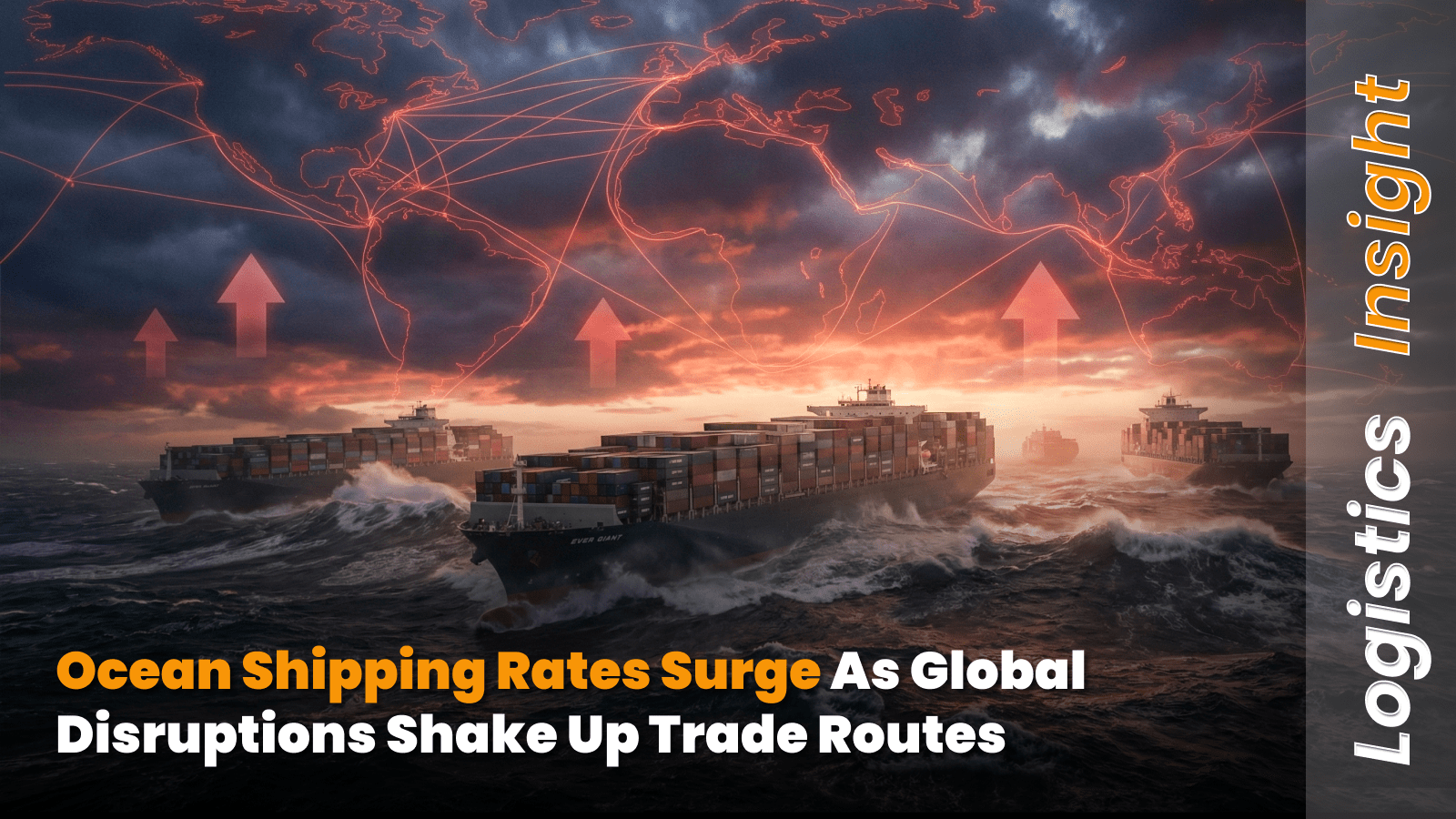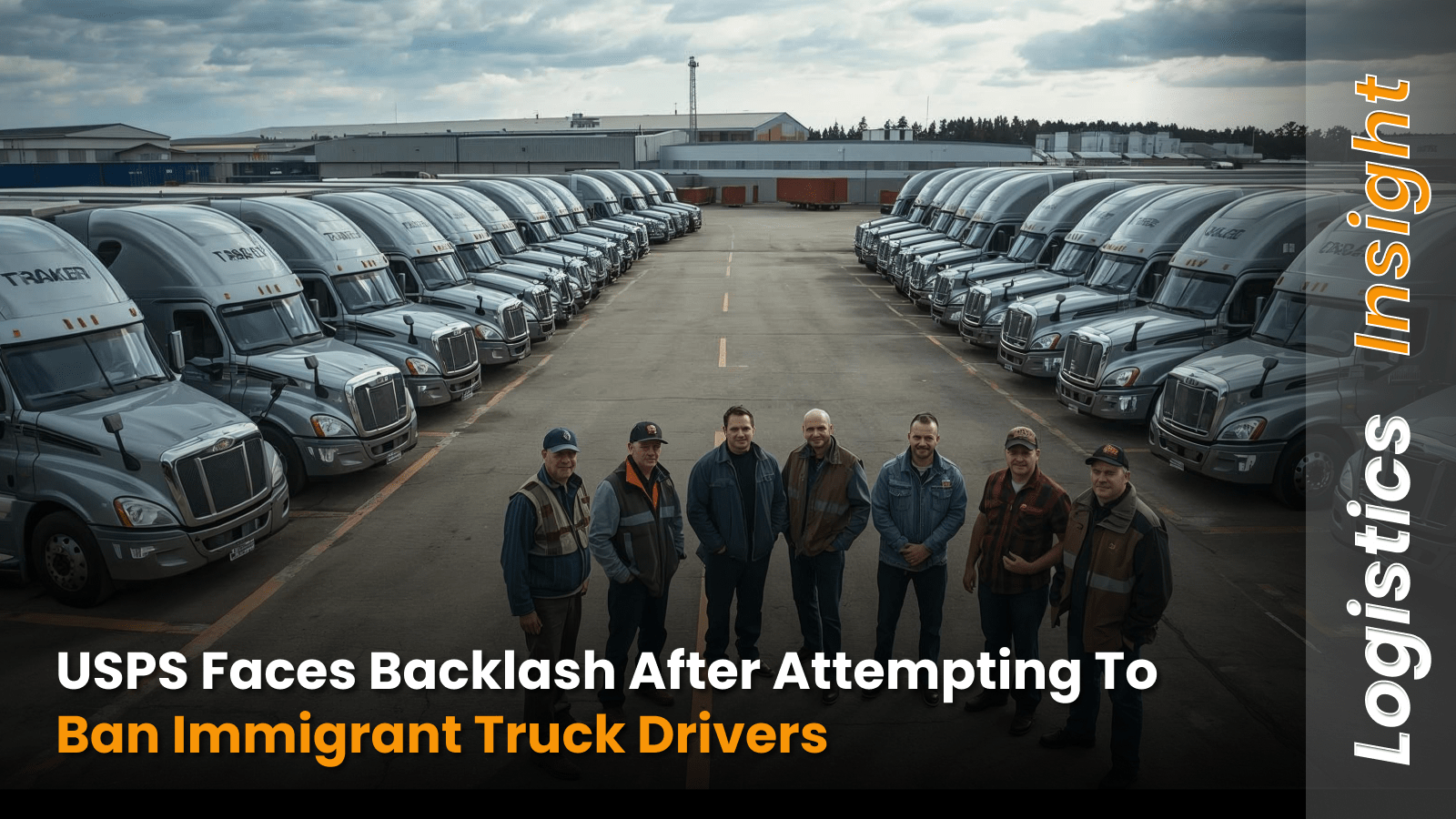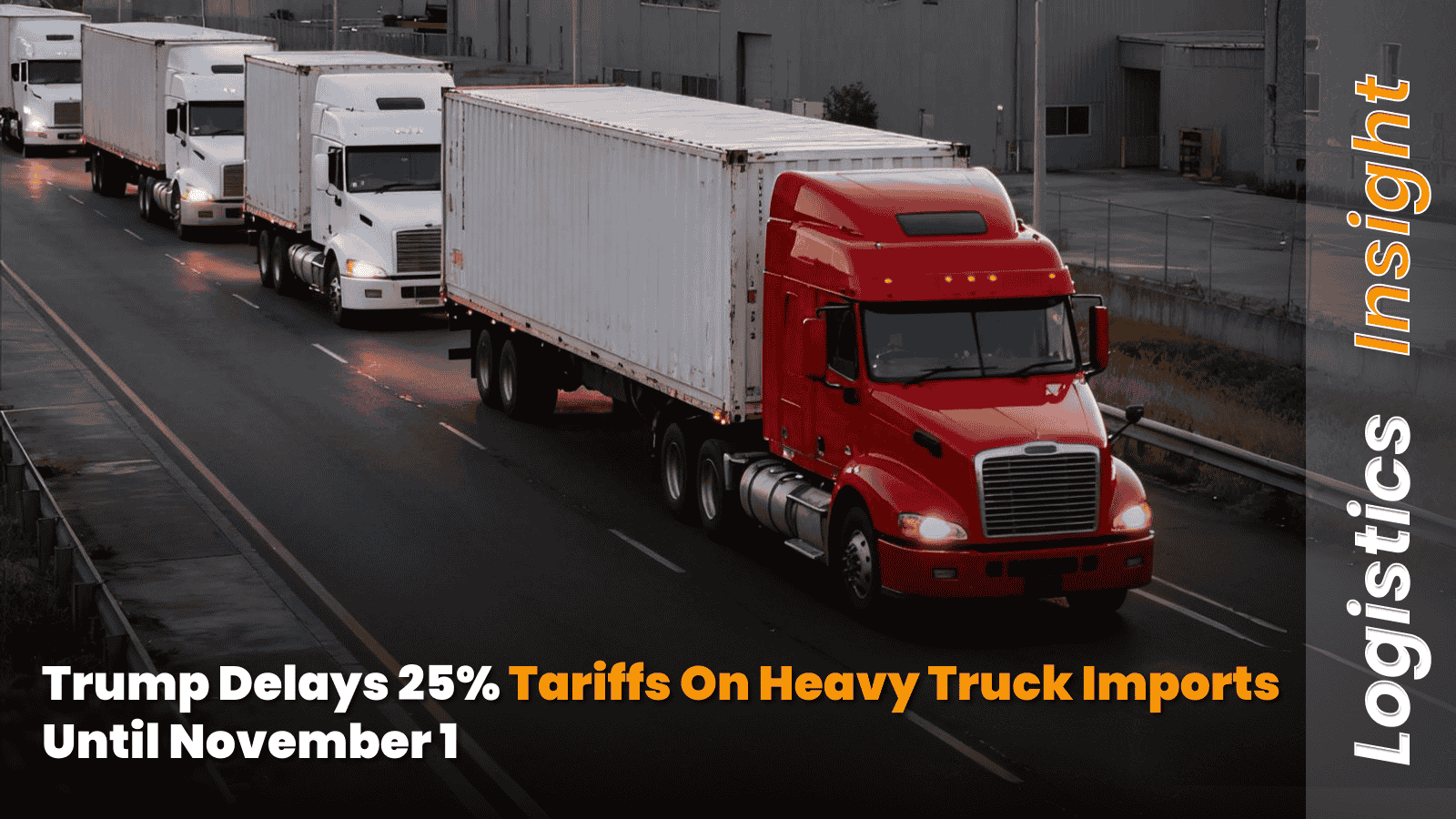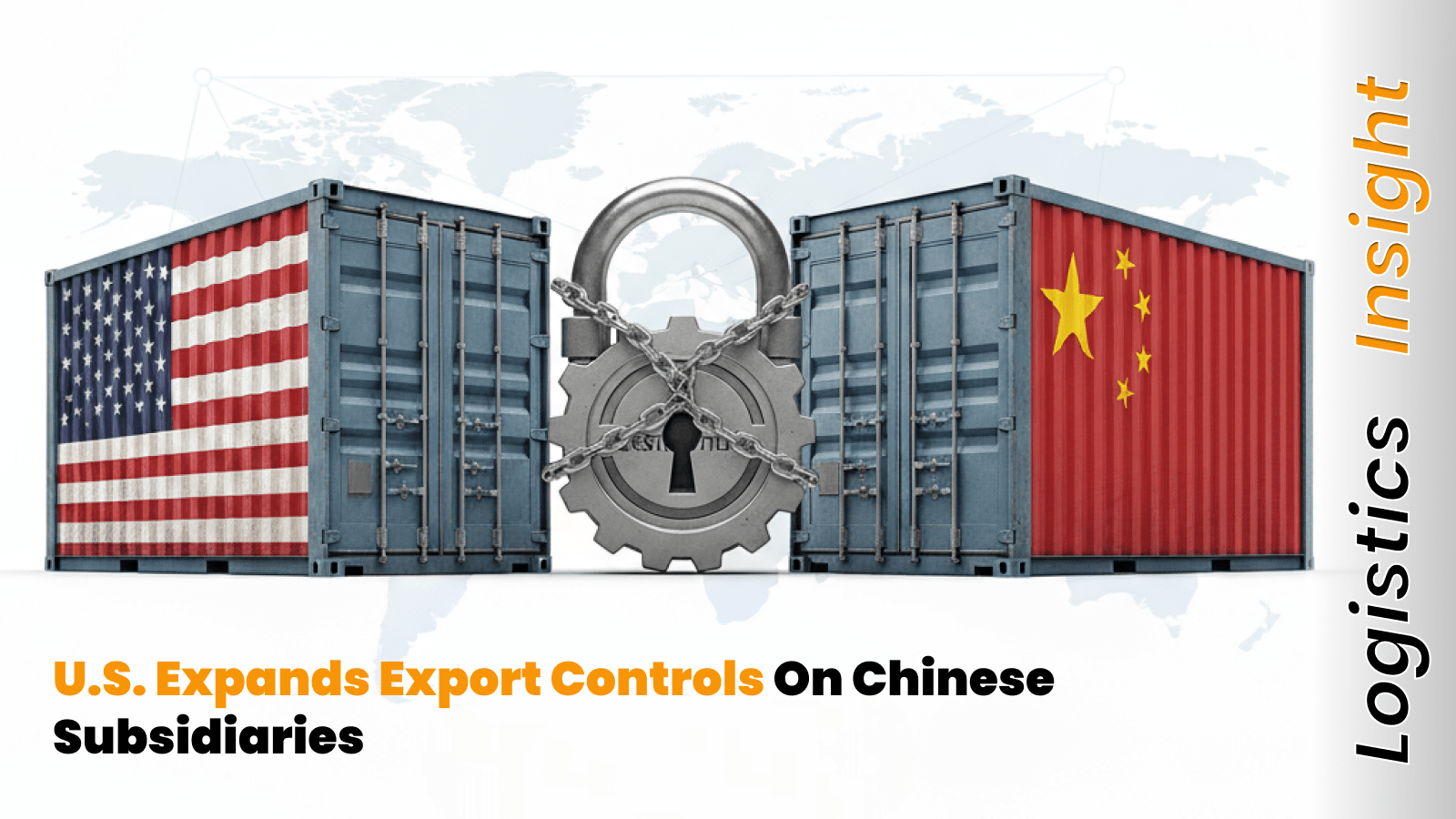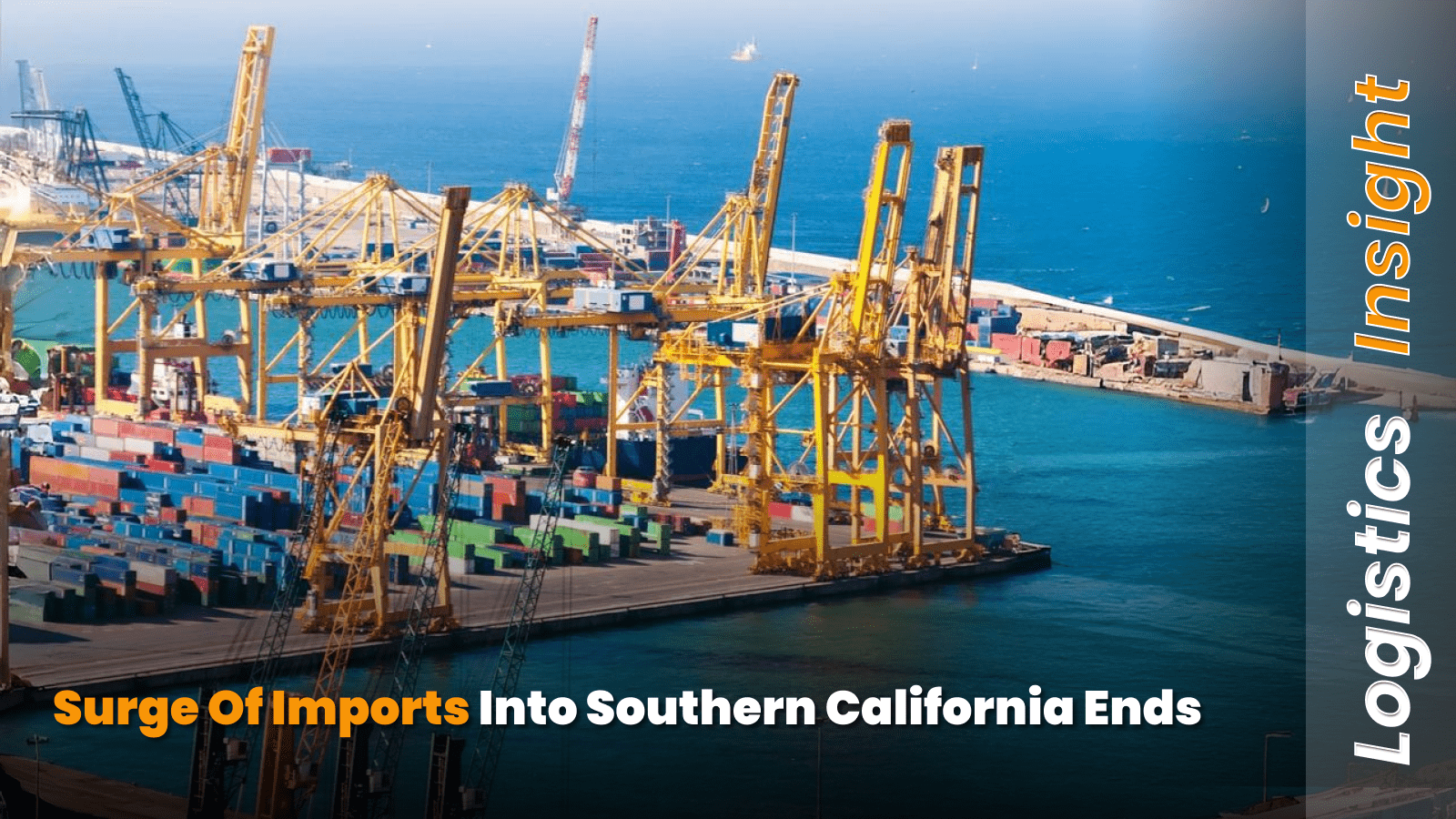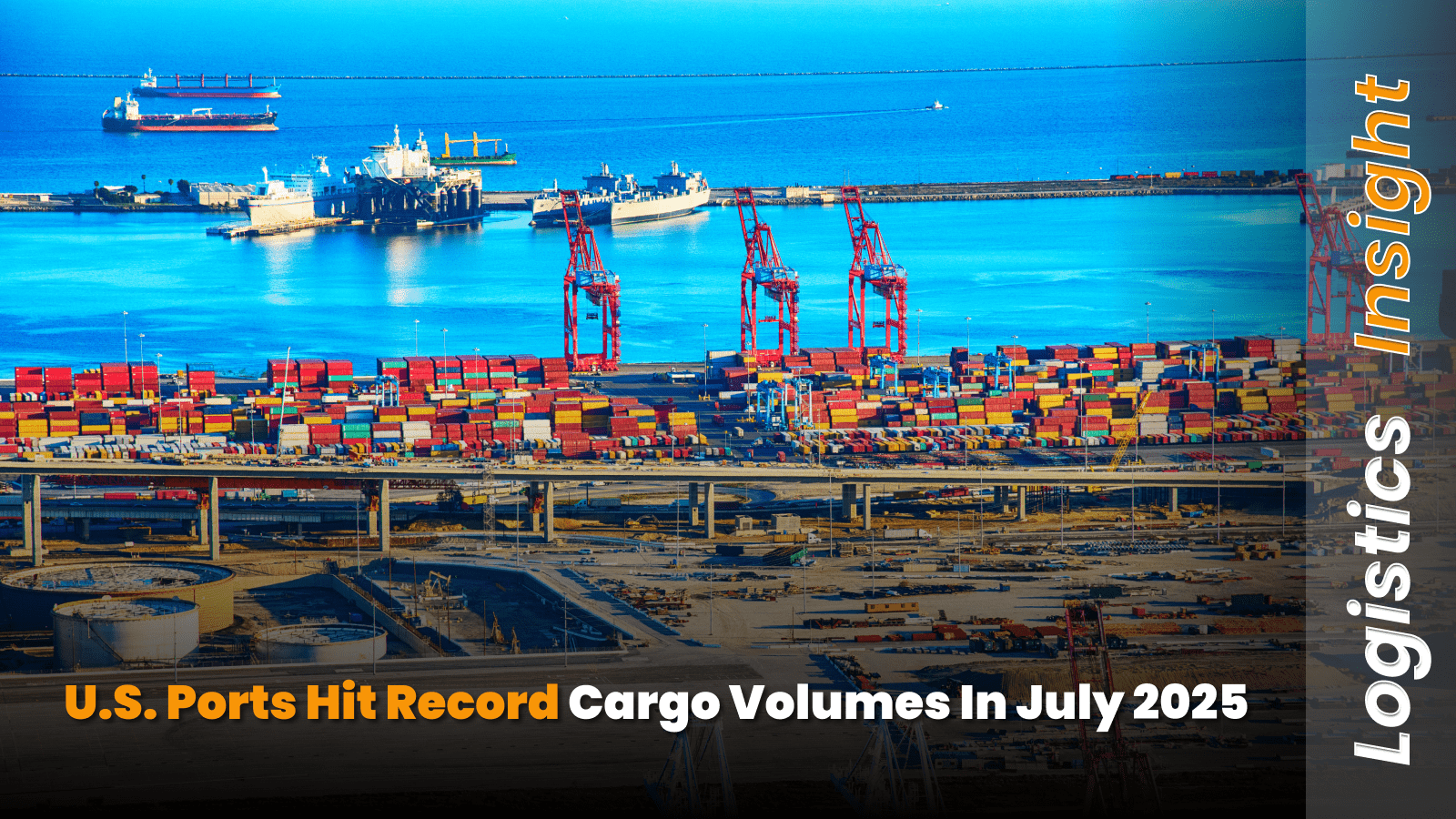U.S. Ports Poised for Strong Annual Performance Despite Late-Year Volume Softening
November container traffic slows, but overall 2025 totals remain historically high U.S. container ports are heading toward another impressive year, even as cargo volumes cooled toward the end of the year. While November showed noticeable declines across several major gateways, year-to-date container totals indicate that many
Ocean Shipping Rates Surge as Global Disruptions Shake Up Trade Routes
Ocean freight markets are experiencing an unusual year-end spike as geopolitical tensions, sanctions, and shifting supply patterns disrupt normal trade flows. These issues are causing ships to spend more time on the water, tightening vessel availability and pushing rates sharply higher across oil, LNG, and bulk
Canada Tightens Steel Import Rules, Expands Lumber Aid
Canada is preparing to introduce tighter controls on imported steel and expand financial assistance for the lumber sector, two major industries currently strained by ongoing U.S. tariffs. According to early details shared by officials familiar with the plan, the federal government will reduce the tariff-rate quota
Driver Coercion Concerns Surface as FMCSA Launches Sleeper Berth Flexibility Pilot
Trucking associations, owner-operators, and safety advocates are urging the Federal Motor Carrier Safety Administration (FMCSA) to carefully monitor for any signs of driver coercion as the agency moves forward with testing new sleeper-berth regulations. FMCSA’s recently announced “flexible sleeper berth” pilot program, introduced in September, aims
USPS Faces Backlash After Attempting to Ban Immigrant Truck Drivers
The U.S. Department of Transportation (DOT) recently introduced an emergency rule that limits the use of non-domiciled Commercial Driver’s Licenses (CDLs), a move that immediately created ripples across the U.S. trucking and logistics industries. Announced by DOT Secretary Sean P. Duffy and issued by the Federal
Port of Los Angeles Reports Import Decline in September
Tariffs and trade tensions continue to influence U.S. shipping activity The Port of Los Angeles, the nation’s busiest seaport, recorded its second straight monthly drop in imports this September. Despite the decline, the port achieved record-breaking cargo volume in the third quarter as businesses across the
Trump Delays 25% Tariffs on Heavy Truck Imports Until November 1
President Donald Trump has postponed the implementation of new tariffs on imported medium- and heavy-duty trucks to November 1, 2025, giving automakers more time to prepare for the policy change. The 25% import duty, initially scheduled to begin on October 1, is part of Trump’s broader
U.S. Expands Export Controls on Chinese Subsidiaries
On September 29, the Commerce Department unveiled a significant expansion of U.S. export restrictions to include subsidiaries of companies already blacklisted, such as Chinese technology firm Huawei. The new rule targets subsidiaries that are 50% or more owned by entities on the blacklist, imposing the same
Surge of Imports Into Southern California Ends
Retailers and manufacturers are reducing orders after tariffs pushed a wave of cargo through the ports of Los Angeles and Long Beach. Cargo Surge Winds Down The tariff-driven rush into America’s busiest port complex has come to an end. In August, the ports of Los Angeles
U.S. Ports Log Record July Volumes as Importers Rush to Beat Tariffs
The Port of Los Angeles reported its busiest month on record with container volume increasing 8.5% to 1,019,837 20-foot-equivalent units from 939,600 last year. Year-to-date, the port has handled 5,975,649 containers, a 5% increase compared with the same period in 2024. “Shippers have been frontloading their


